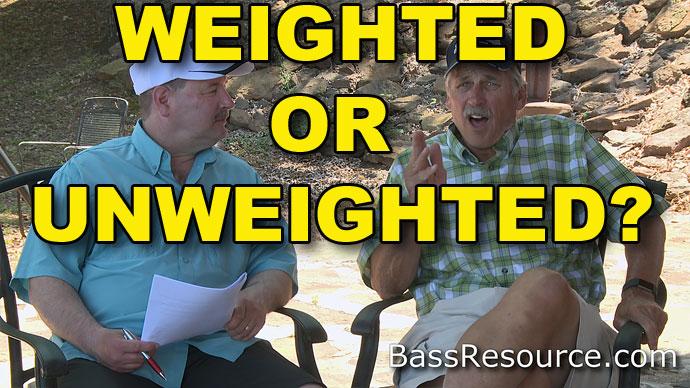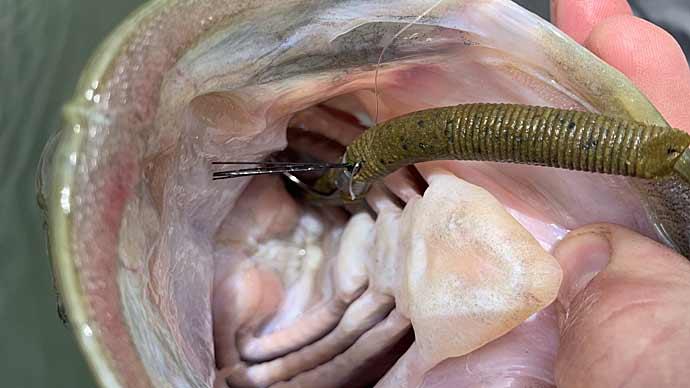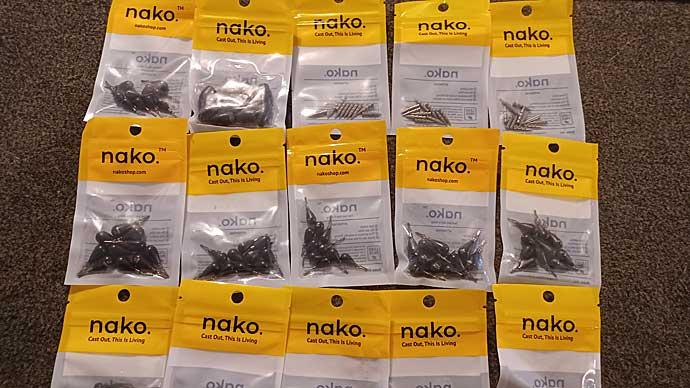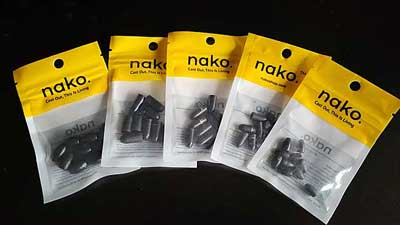
Eco-friendly tungsten bass fishing weights are slowly replacing lead weights for fishing. But years ago, tungsten fishing weights replaced all the lead weights in my bass tackle. The sensitivity, compact size, and variety of available colors made switching to tungsten easy. The only drawback is the cost. Yes, tungsten weights are more expensive than lead weights. However, if I can catch more fish while being more environmentally friendly, I don’t mind spending a few extra dollars throughout a fishing season.
Tungsten weights are far more sensitive than lead or brass weights. Because tungsten is denser than lead, vibrations are transmitted to the line instead of deadened in the softness of lead. I was blown away by what I could feel when I made the switch. It reminded me of my first graphite rod when they started hitting the market way back. It's a bonus that compact tungsten weights make it easier to flip and pitch into tight quarters.
One nit about the lead that annoys me is that the hole at the top of lead bullet sinkers will pinch closed over time, often damaging the line in the process and certainly rendering them useless. Not so with tungsten.
The Stigma of Tungsten
Early versions of tungsten weights weren't without issues. The hard edges of the line holes were sharp enough to nick and fray the line, resulting in lost fish due to break-offs. Plastic inserts were the answer, but those would often break or fall out over time after heavy use from flipping and pitching.
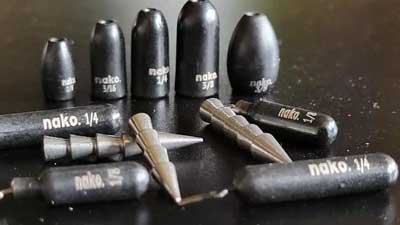
While quality manufacturers have addressed those concerns, the stigma that tungsten weights damage line is still carried on by poorly made tungsten weights that still have these issues.
And paint chipping is also a problem even with the higher-quality brands.
So when I was asked to try Nako tungsten weights – a new brand with highly competitive prices – these concerns came to mind. Does the low cost mean they would damage my line? Would the paint hold up? And they came from China. CHINA?! Oh, this couldn't be good, right? We've been conditioned to expect that anything from China automatically means poor quality.
With just a little research, I learned what little I knew.
ALL tungsten fishing weights are made in China. All. I've fished with many quality tungsten weights over the years with few complaints. It turns out they're all from China. So much for THAT misconception.
So I gave them the old luggage test. Bonus points if you get that reference.
Real-World Testing
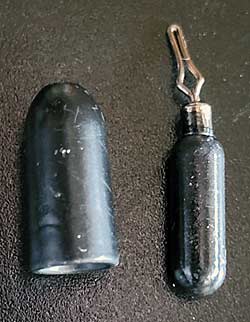
I tested the Nako Tungsten worm, flipping, and dropshot weights on fluorocarbon, braided line, and monofilament with outstanding results. I flipped, pitched, and fished in docks, riprap, deep drop-offs, and ridges, and there has been no line damage. None.
Now about that paint job. Even some of today's quality painted tungsten weights will start to chip almost immediately. Tungsten is hard, so it's tough to get paint to adhere to it. I get it. Whether it decreases your chances of getting bites is up for debate, but it’s more of a matter of principle for me. Tungsten isn’t cheap, and if I’m going to pay for it, I expect it to last.
In addition to putting the weights through the tests above, I purposely threw the weights at my concrete driveway multiple times – HARD – and couldn't chip a single one. You can see minor nicks and marks on the weights I threw on the pavement (see photo). Note the wire on the dropshot weight bent from the force of my throws, but the paint stood up to the abuse. After all this, I can say that the Nako tungsten weight paint is durable.
Final Thoughts
The Nako weights are legitimately impressive tungsten fishing weights. I was delightfully surprised with the quality and durability of these weights, given the highly competitive low cost. The Nako tungsten weights come in every size you could need, from 1/32-ounce to 2-ounce sizes – they even have 1 oz dropshot weights! The nail weights range from 1/64oz to 1/8th oz. If you haven't tried tungsten yet, be prepared to be blown away.


